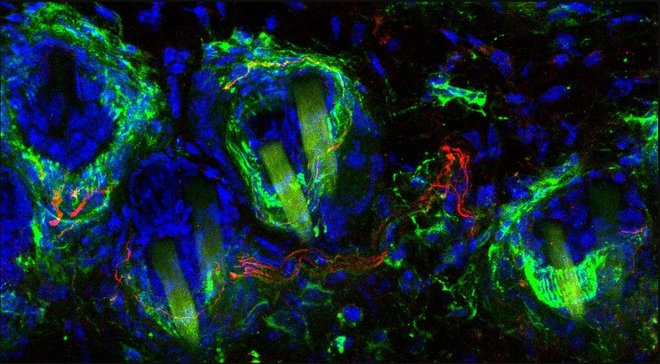In the Future, Flicking a Light Could Relief Chronic Pain, Shows Early Research

An early research on animals just started showing results, and one day, neuropathic pain could be relieved with a flick of a light, according to the Cleveland Clinic.
People that experience damage or dysfunction of the nervous system can feel pain even after a light touch – even when someone brushes against their skin.
The new study conducted by researchers in Italy has been published in the journal Nature Communications on 24 April. They have recently identified a nerve cell that causes sensitivity to a gentle touch.
Targeting Nerve Cells Sensitive to Gentle Touch
The researchers have tested a light-sensitive chemical to bind to the nerve cell. When the mice with chronic pain were injected with the chemical and a near-infrared light was shone on their bodies, they seemed to no longer feel pain.
Mice that feel pain withdraw their claws when they are touched, but after the light therapy, they were behaving normally. Light therapy desensitizes the nerve ending of the cells. Study leader Paul Heppenstall, who is also the group leader at the European Molecular Biology Laboratory, Rome explains this reaction:
“It’s like eating a strong curry, which burns the nerve endings in your mouth and desensitizes them for some time.”
This light therapy only targets the nerve cells which are sensitive to touch. Other cells are not affected by it.
After three weeks from the treatment, the nerve endings of the cells sensitive to touch have grown back and then the mice became sensitive again to gentle touch.
Heppenstall stated that the study being conducted on mice will have to continue to trials on human patients and see if this therapy also works on people that suffer from neuropathic pain. They need to first see if the cells that cause sensitivity to gentle touch are the same in people and see if the treatment is safe to use on humans:
“A lot of work needs to be done before we can do a similar study in people with neuropathic pain. But the researchers want to develop the technology further, with the hope of one day using it in the clinic,” concluded Heppenstall.
0 comments